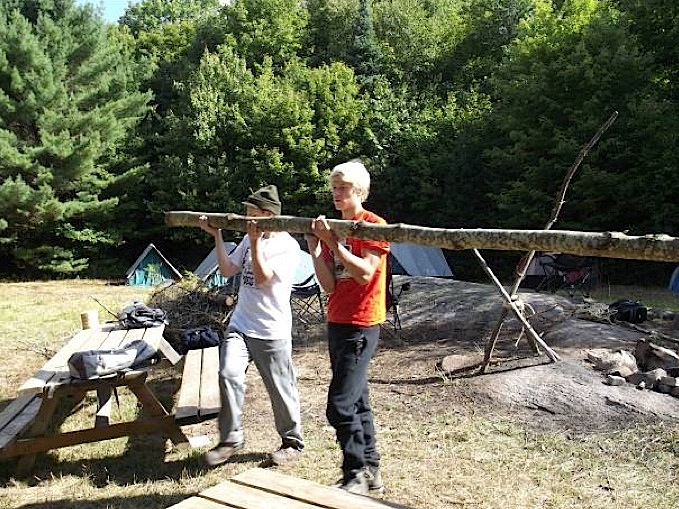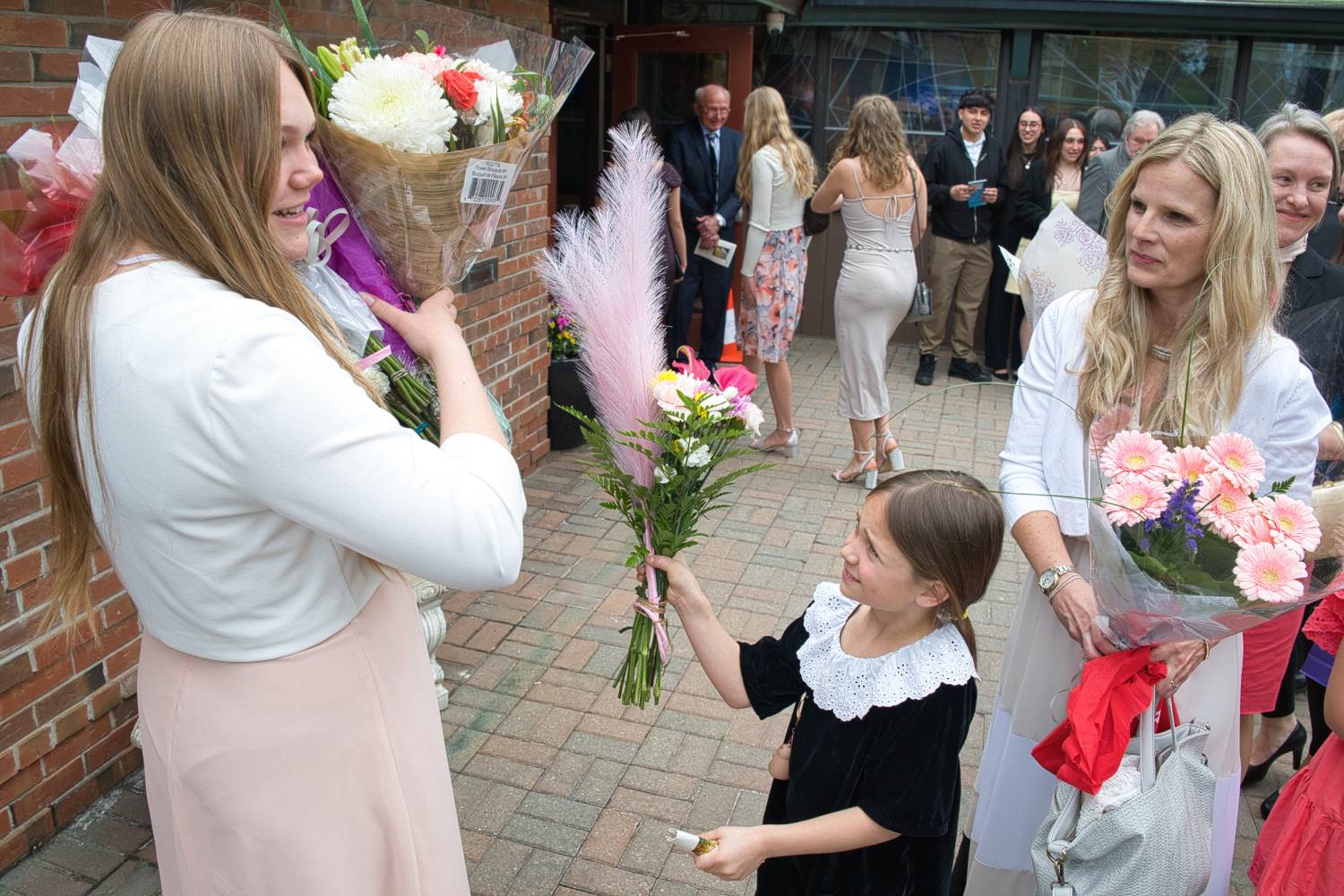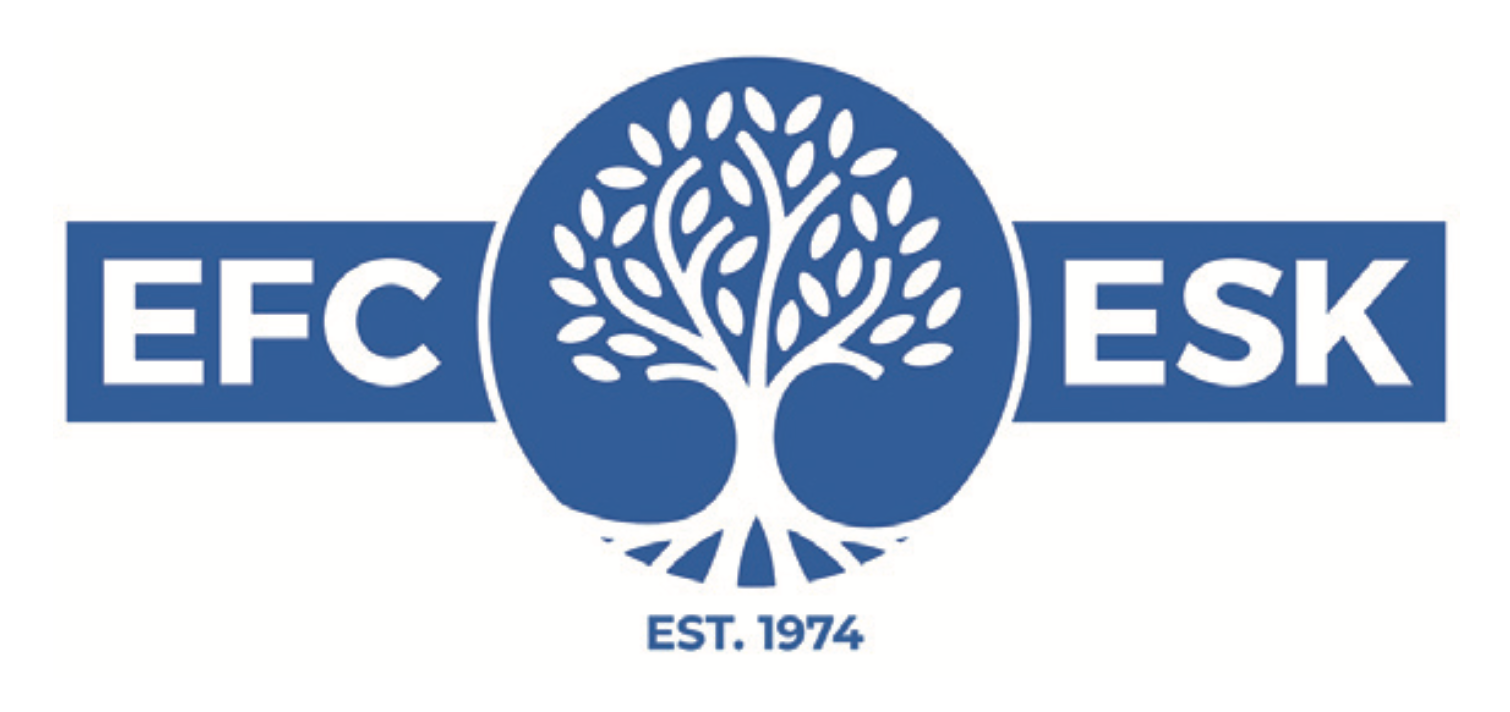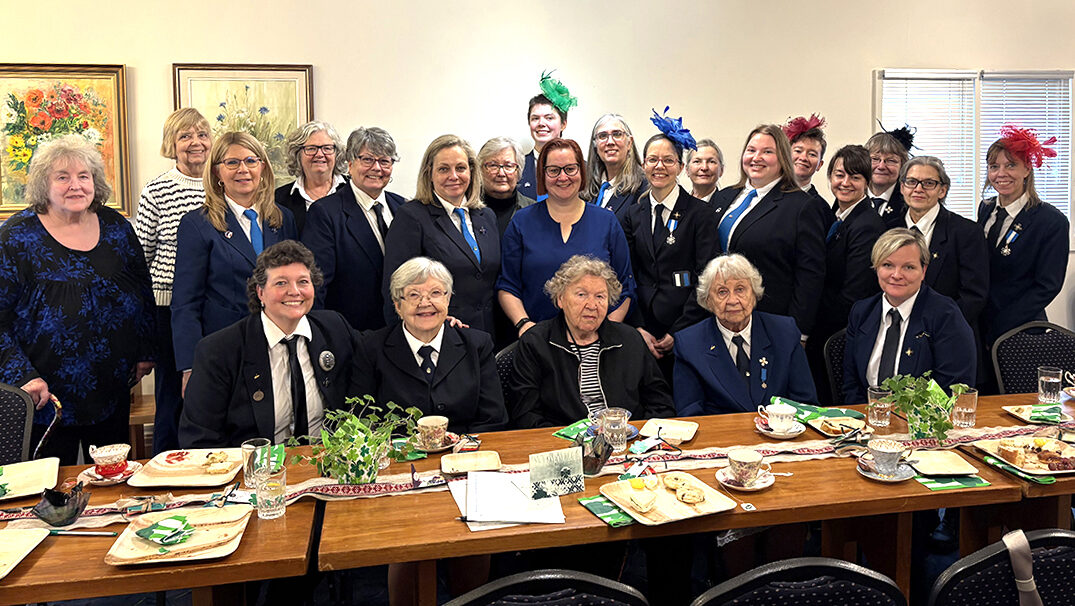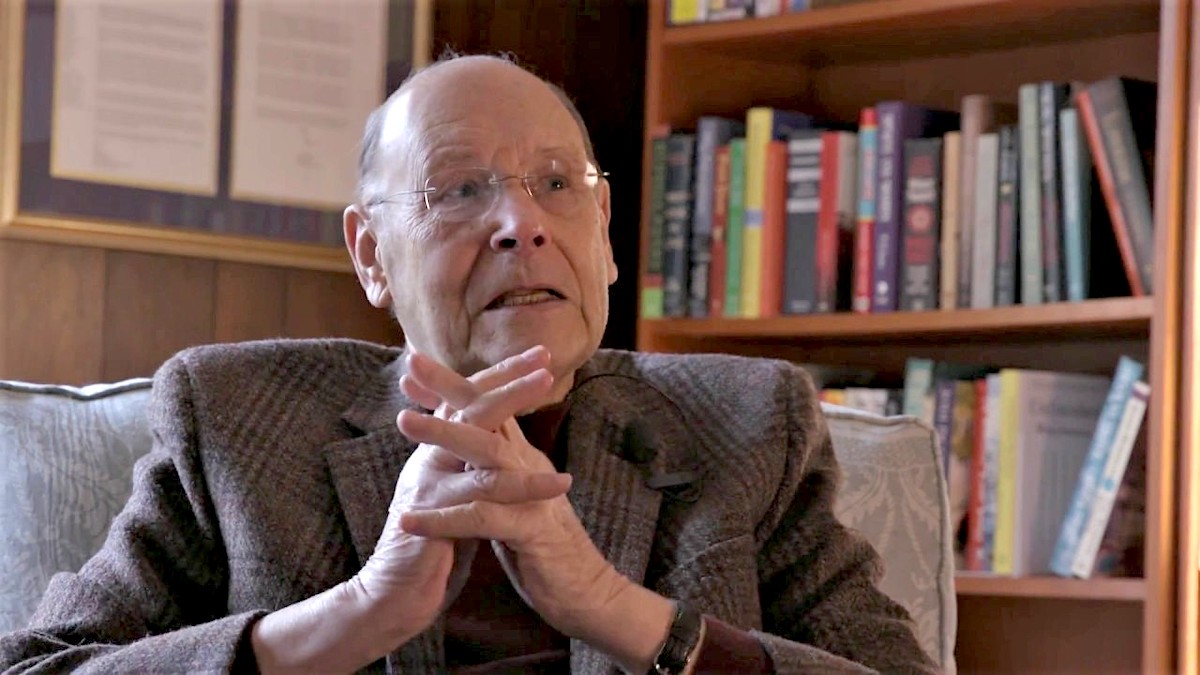The campground or laagriplats where we pitched our tents was called “Uudismaa” or “new land. This campground was purchased in the early 1980-s, hence its name. It was a fair hike in order to get back to the main cookhouse events and sauna. Making several trips a day produced a tremendous cardiovascular workout! At night I did not have any issues with the Scouts falling to sleep as their exhausted heads hit the pillow.
We were able to contribute to our new friends' camp by helping instruct, construct and erect a large tripod over the campfire area and a new camp gate. The Skaudid where familiar with lashing projects so construction went very quickly and smoothly.
The food was wonderfully ethnic at times and the Scouts were all patient and even tried a few new things. Just ask them about “Rosamanna!” They had expected this creamy treat to taste like a strawberry yogurt or something like that. The look on their faces as they took their first bite of the cream of wheat laced with cranberry juice was priceless! I took a few mouthfuls and said “what? This is delicious!”
On the other hand, Pirukad (meat donuts or perrogies) were an instant hit. “Why don't we have this on our menu in our Scout Troop” was the question?
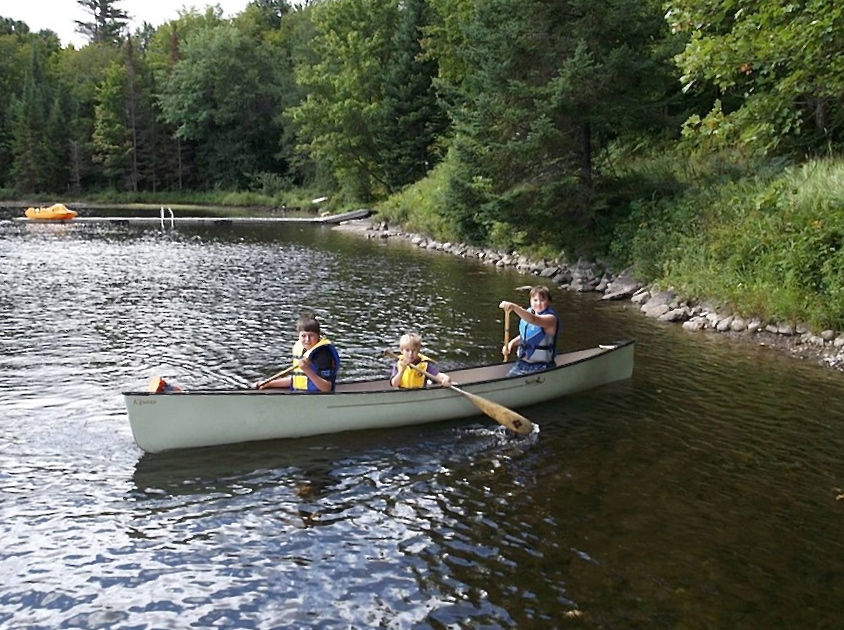 We had the honour to share some Canadian Scouting traditions with Lembitu and Kalev. With a Horseshoe formation around the flag poles, the Estonian flag was raised, we sang “O Canada” and then broke the Canadian Flag! Canadian Scouts do not raise the flag but instead fold it in a neatly packaged bundle that is raised to the top of the pole. When it is time to “break and salute the flag” a halyard is tugged and the flag unfurls.
We had the honour to share some Canadian Scouting traditions with Lembitu and Kalev. With a Horseshoe formation around the flag poles, the Estonian flag was raised, we sang “O Canada” and then broke the Canadian Flag! Canadian Scouts do not raise the flag but instead fold it in a neatly packaged bundle that is raised to the top of the pole. When it is time to “break and salute the flag” a halyard is tugged and the flag unfurls.
We have a simple ceremony that we use to centre our Troop spiritually. It is usually a combination of a prayer, song, reading and words of good advice. It was my pleasure to be invited to run the “Scouts Own” so that the camp could understand the ceremony. Of course in Estonian culture all of these components were already reinforced in their every day activities of singing, traditions and history lessons so all I had to do was to ask each section to contribute a small prayer or song and the rest was easy! The theme was “perspective” where I offered that Kotkajärve is of such grand scale and magnitude in terms of size, history and reverence that it was important that the youth understand that this sort of place does not have an equivalent in Canadian Scouting. This place is a time capsule! Scouts Canada has many properties that are wonderful, traditional and rich, however Estonians have such a place to go to every year with resources of family, friends, leaders, staff and over 50 years of Scouting history is simply astounding. 1st Port Elgin typically makes use of national and provincial parks where we must pay for a small lot, purchase firewood and are prohibited from going off into the bush and to harvest Scouting building materials for projects. This place must be exactly what Baden Powell had in mind when he created his first camp at Brownsea!
As the days progressed, I noticed how much the older youth of Venturer and Rover age were integral in the planning and maintaining of the overall program. I was really impressed with the quality and commitment the youth had. I am a Leader with a very young Troop and usually required to keep things rolling so that things get done. To have such involved older boys taking an active role is a benefit of having such a tight knit group. I noticed only minimal required guidance between Leaders and youth, which is a sure sign of strong Leadership. The campfire on Saturday night would be a great example. Skaudid and Gaidid were selected as Campfire Chiefs. Usually this responsibility is in the hands of a capable Leader. They ran a very organized, clever, enjoyable and efficient campfire that I think everyone enjoyed and appreciated. It was nice to stand on the sideline and watch their team work together to give everyone a great show. Well done!
On the first evening a special ceremony was held in the woods called “Hiis”. Although the language was in Estonian, the mood and importance of the ritual did not loose its significance on our young lads. The presenter explained that spirits of our forefathers were present as cedar smoke wafted around us and the monuments from the wood that burned upon the stone altar. Estonian folk would make offerings of grain and goods of thanks which was their custom before organized religion. Truly reverent, appropriate and spectacular! I have never witnessed anything quite like it.
On behalf of my Scouts and myself I would like to sincerely thank all the people that made us feel at home at Camp “Vahtrametsa” and we would love to participate in future years to build friendships and share strong Scouting Traditions!
Scouter Eric Tiisler
